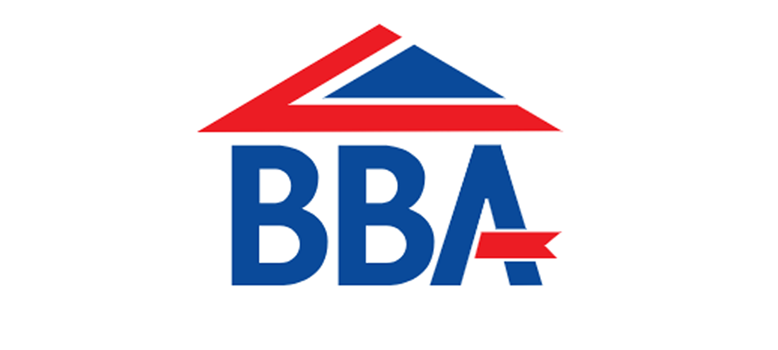112 Maxiglaze glazed-in aluminium ventilators from Titon have been installed at the Prince and Princess of Wales Hospice in Bellahouston Park, Glasgow. The purpose-built £21m facility provides people in Glasgow, East Renfrewshire, Cambuslang and Rutherglen with the best quality of palliative care.
Designed by Ryder Architecture and built by main contractor Balfour Beatty, it is the first hospice in the UK to follow the ‘Sengetun’ model of care, which has ‘placemaking’ at the centre of its approach. The glazing contract was awarded to Castlecary-based CMS Window Systems, which delivered an extensive package of aluminium windows, doors and curtain walling.
Commenting on the project, Stephen Anderson, Aluminium Director at CMS Window Systems, said: “We chose Titon’s Maxiglaze vents based on our previous experience with the product. They have always performed to a high standard, plus they met the statutory Building Regulations and requirements for background ventilation specified for this project. Indeed, Titon is our preferred supplier of choice when it comes to glazed-in trickle vents in terms of quality, cost, service and their local representative.”
The Hospice’s innovative, state-of-the-art Scandinavian design puts patients and families first, providing space for privacy, dignity and compassionate care for all ages. The project utilised 500m2 of curtain walling, while all aluminium profiles, flashings and fixing brackets were finished in RAL 1035 (Pearl Beige).
The design of the windows and doors allows for maximum natural daylight and unobstructed views, adhering to the project brief for high performance aluminium fenestration throughout the building.
Titon’s Maxiglaze is an energy efficient glazed-in aluminium ventilator that provides an Equivalent Area (EA) of 12,000mm2 per metre of extrusion. This level of optimum performance over length means fewer vents are need to be fitted to achieve the total EA requirement. Vents are available in made to measure sizes or in bar length in a variety of colours.
For more information about Titon and its range of window & door hardware and ventilation systems, visit: www.titon.com
Error, group does not exist! Check your syntax! (ID: 4)




